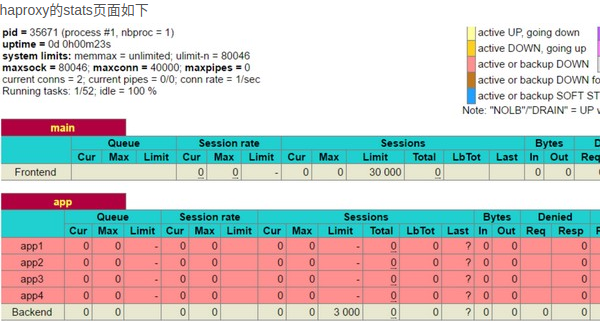问题描述
zabbix server 平稳运行有一段时间了,但是最近问题却来了,今天早上收到zabbixserver磁盘空间不足的告警。通过查看之后发现是大部分数据是zabbix 库的的数据 在进一步查看发现是history表和history_uint数据太多导致磁盘占用过多。
问题分析
history_uint
该表存储的是监控项的无符号整型的数据。
该数据的保存时长,取决于在监控项设置的 历史数据保留时长。
history
这个表保存的是浮点型的。
像 history_str 等保存的是 字符型数据。这些都是我们在设置监控项的对应的信息类型决定的。
该数据的保存时长,取决于在监控项设置的 历史数据保留时长
针对这个问题,我打算删除 history_uint 和 history 的一些历史数据。
要删除history_uint里的数据,还需要注意一点,由于数据量比较多,我建议可以分多次少量数据进行删除,因为我一次删除90天的时候CPU已经吃不消了…
这样可以避免一次性删除数据过多导致数据库的负载比较大。(或者可以使用limit 10000)
处理过程
我这里需要删除90天以前的数据下面是我的操作过程
获取时间戳
#通过如下命令进行获取90天以前的时间戳
[root@zabbix-server ~]# date -d $(date -d "-90 day" +%Y%m%d) +%s 1590105600
登录数据库操作
[root@zabbix-server ~]# mysql -uzabbix -p Enter password: mysql> use zabbix; Database changed #delete history_uint mysql> delete from history_uint where clock < 1590105600 LIMIT 10000; Query OK, 1653 rows affected (1 min 45.42 sec) #delete history mysql> delete from history where clock < 1590105600 LIMIT 10000; Query OK, 0 rows affected (24.72 sec)
释放空间
上面执行删除后,数据的存储空间是没有减少的,因为对于delete from table_name where xxx 带条件的删除,不管是innodb还是MyISAM都不会释放空间,需要进行OPTIMIZE TABLE操作,进行释放空间。
注意:在optimize table ‘表名’ 运行过程中,MySQL会进行锁表。
optimize table history_uin
mysql> optimize table history_uint; +---------------------+----------+----------+-------------------------------------------------------------------+ | Table | Op | Msg_type | Msg_text | +---------------------+----------+----------+-------------------------------------------------------------------+ | zabbix.history_uint | optimize | note | Table does not support optimize, doing recreate + analyze instead | | zabbix.history_uint | optimize | status | OK | +---------------------+----------+----------+-------------------------------------------------------------------+ 2 rows in set (5 min 33.76 sec)
optimize table history
mysql> optimize table history; +----------------+----------+----------+-------------------------------------------------------------------+ | Table | Op | Msg_type | Msg_text | +----------------+----------+----------+-------------------------------------------------------------------+ | zabbix.history | optimize | note | Table does not support optimize, doing recreate + analyze instead | | zabbix.history | optimize | status | OK | +----------------+----------+----------+-------------------------------------------------------------------+ 2 rows in set (1 min 39.51 sec)
问题解决
待以上步骤都完成以后,检查磁盘可以看到问题解决 。
不过想要一劳永益的话的话 还是需要写一个脚本来处理这个问题
#!/bin/bash
User="zabbix"
Passwd="zabbix"
Date=`date -d $(date -d "-90 day" +%Y%m%d) +%s`
$(which mysql) -u${User} -p${Passwd} -e "
use zabbix;
DELETE FROM history WHERE 'clock' < '$Date' LIMIT 10000;
optimize table history;
DELETE FROM history_str WHERE 'clock' < '$Date' LIMIT 10000;
optimize table history_str;
DELETE FROM history_uint WHERE 'clock' < '$Date' LIMIT 10000;
optimize table history_uint;
DELETE FROM history_text WHERE 'clock' < $Date' LIMIT 10000;
optimize table history_text;
DELETE FROM trends WHERE 'clock' < '$Date' LIMIT 10000;
optimize table trends;
DELETE FROM trends_uint WHERE 'clock' < '$Date' LIMIT 10000;
optimize table trends_uint;
DELETE FROM events WHERE 'clock' < '$Date' LIMIT 10000;
optimize table events;
"
另外历史数据过多是由于我们保存的历史数据的时间所致,我们可以根据需求设置历史数据的保留时长,例如一些相对不太重要的数据,我们可以将该值设置的更短一些,这样数据量也就随着减少了。


